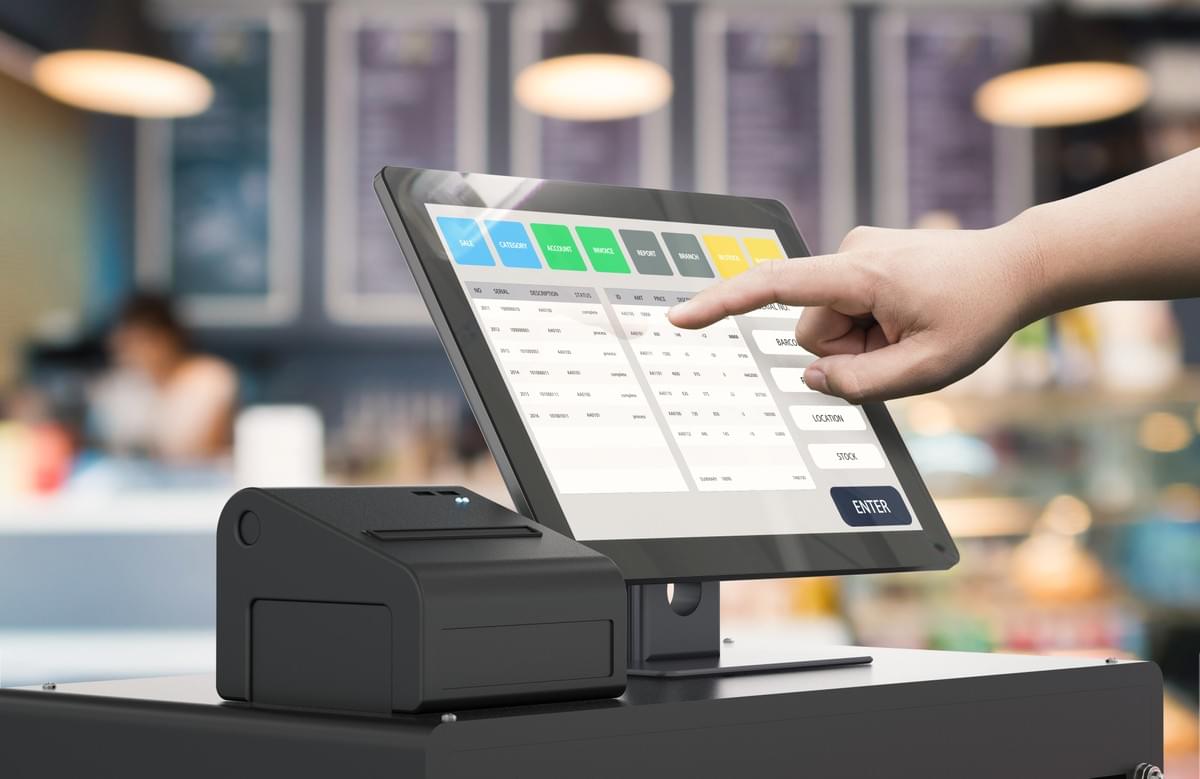
The Xero POS point of sale system is an essential component of the modern retail environment. Point of sales systems include inventory tracking, credit machines, gift cards, and automatic teller machines. The point of sale is the location and time where a retail transaction is performed. At the point of sale, both the retailer and the buyer calculate the total cost of the item, mark up price, and verbally indicate the options for payment. The system enables the seller to process payments quickly and accurately and offers the buyer an interactive choice. Point of sale systems have changed significantly over the years, from simple cash registers to more advanced touch screen machines and high speed internet access.
A Point of Sale system is often the key to long-term success for any retail establishment. With an effective inventory management system, your business can flourish to the extent that you desire. Inventory tracking and management are essential to provide the best service possible to your customers. A Point of Sale system can assist with product inventory management, vendor management, and human resource management. With a well-designed POS, your retail outlet will be more productive, efficient, and profitable.
Effective Vend POS systems integrate seamlessly with an internet retail website and offer your customers a secure, safe environment to purchase items. You can manage inventory easily, determine which products are in high demand, and reduce loss due to overstocked items and returns. E-commerce websites often incorporate the POS system with merchant services and offer optional credit card processing capabilities for added convenience. The POS system includes basic features such as cash drawers for storing purchases, credit card machines, check readers, bar code scanners, shelf-mounted card readers, magnetic stripe readers and electronic check readers. Some of the additional features available with select point of sale systems include touch-scrolling capability for menu selections, swiping capability for credit and debit cards, bar code scanning for security measures against fraud, and wireless internet connection for enhanced customer assistance.
When installing a Point of Sale system, you need to have the following hardware in place: Digital cashiers or keyboards, display terminals, software terminal or printers, credit card machines, software scanners, and swiping devices for accepting payments. Other hardware needed for smart terminals include wireless routers, cable testers, chassis testers, and back-up batteries. Software is also necessary for accepting credit cards. The types of software include swipe, paperless billing, point of sale modules, cataloguing and content modules.
Implementing a Point of Sale system ensures that the cash flow is smoothly managed and accurately recorded. This results in lower costs, more time for staff to handle routine tasks, increased productivity, and a positive impact on the profitability of your retail management system. A POS system improves customer service by eliminating the time-consuming task of manually entering information into a computer. For retailers, the cost savings from reduced chargebacks and missed payments can be especially helpful in difficult economic times. In addition, it helps increase customer loyalty by providing customers a highly interactive customer experience.
With today's tight profit margins, customer service is crucial. Implementing a Point of Sale System helps improve customer service by automating most of the retail customer service tasks, such as entering product information, replenishing products, and tracking sales and profits. It also eliminates the errors that occur when manual entry of information into a computer is combined with manual entry of debit card information. If you want to know more about this topic, then click here: https://en.wikipedia.org/wiki/Point_of_sale.